Treatment of top rot on tomatoes: chemistry and folk methods
When growing tomatoes, you need to be prepared for many difficulties: apply fertilizers correctly, calculate the amount of moisture, and fight pests and diseases in time. One of the most dangerous diseases is top rot on tomatoes. Treatment is complicated by the fact that the onset of the disease often goes unnoticed.
Why does apical rot start?
Until recently, other fungal infections were named among the causes of top rot on tomatoes. However, today it has been established that this disease does not depend on them in any way. And this means that everything is not so sad: all the plants do not have to be destroyed, part of the crop can be saved (the earlier the disease is detected, the more this part will be).
The main reason for the development of tomato apical rot today is confidently called a calcium deficiency, which is responsible for the growth and division of fruit cells. With general calcium starvation, it is the top of the fetus, where it is delivered in the last turn, experiences its greatest lack.
The top of the tomato fruit is on the opposite side from where it is attached to the stem - where the base of the flower was. And since in most varieties of tomatoes this part is lowered down, it is almost never seen when caring for plants. This is the insidiousness of rot: very often, by the time of its detection (for example, several affected fruits have fallen off), it has time to significantly spread and "get used to" in the garden. It doesn't matter if tomatoes are grown in open beds or indoors: the disease can manifest itself everywhere.
If you are a novice gardener and are not confident in your abilities, at first do not experiment with large-fruited hybrids or varieties, the fruits of which have a very elongated shape. Their apical rot can occur simply because calcium is very difficult to get to the top of the fruit.
Where does the calcium go?
Why is there calcium deficiency? There are several reasons for this, and not always they lie in the poverty of the soil. But each of them can be considered a risk factor for the disease.
- Moisture deficiency. In this case, calcium simply cannot be absorbed by the roots in the required amount. Lack of moisture coupled with intense heat increases evaporation from leaves and stems. So the plant is protected from overheating. But at the same time, the leaves compensate for the lack of liquid by pulling it (and the calcium dissolved in it) from the fruits. If watering is insufficient during such a period, this disease will almost completely arise.
- Excess moisture. Excess moisture in the soil or air (for indoor) is an excellent environment for the development of the decay process.
- Increased acidity or salinity of the soil. It can occur due to stagnation of water in lowlands, if groundwater is close and there is no drainage. Such soils are poor in calcium.
- Root damage. The gardener may not notice how it damages the root system during weeding or loosening. Careless application of fresh organic or granular mineral fertilizers can lead to this, which causes root burns. Such roots cannot fully absorb the required amount of moisture and minerals dissolved in it, including calcium.
- All kinds of plant stresses. This can be watering tomatoes with cold water in hot weather, when the roots stop absorbing moisture for a while, sudden changes in temperature - for example, day and night, if the plants have not been hardened, or drafts in the greenhouse, a sharp cold snap, cold rain,hail after extreme heat.
External signs of the disease
Since the focus of the disease is initially outside the field of vision of the gardener, in the presence of any of the risk factors, the fruits should be systematically and carefully examined from below, lifting each hand.
The signs of top rot are as follows:
- The disease begins with the fact that a barely noticeable watery spot appears on the top of the fetus. Gradually, it grows, the skin on it dries up and becomes brown.
- In round fruits, the tip looks depressed and flat; in elongated fruits, there is no “nose”.
- In an advanced stage, fungal or bacterial infections begin to multiply in the affected area, which penetrate the pulp of the fruit.
- The area of the darkened and rotten pulp increases.
- The seeds of the fruit are gradually infected.
- The affected fruit ripens earlier than others and often falls off.
Unfortunately, even after carefully cutting off the spoiled places, such tomatoes cannot be eaten.
In the greenhouse, make sure that the lower fruit brushes do not touch the ground. Since the moisture of the soil (and the air) is much higher here than in a regular bed, rot - and not only the top rot - can develop from contact with damp soil. So it makes sense to monitor the overall humidity of the greenhouse, to air it in a timely manner.
How to save the harvest?
It all depends on the degree of damage and the size of the lesion. But the very first measure of control when top rot is detected, in any case, is the mechanical destruction of foci: you need to collect all affected fruits and leaves (they turn yellow), take them outside the site and burn them. The remaining plants will not waste moisture, calcium on them and will not be infected from them.
Next steps will be to save this year's remaining crop and prevent disease from occurring next year.
So, you need to immediately process the tomatoes. Than? The preparation "Brexil Sa" contains calcium and boron, which contributes to its better absorption, therefore, it can help even heavily damaged plantings in a short time. Dissolve 10 g of the drug in a bucket of water, then spray the plants with the resulting solution on foliage every two weeks.
Treatment can also be effective in combating tomato top rot ash - it also contains calcium. For this, 300 g of ash is poured with a liter of boiling water, allowed to cool and mixed with a bucket of water for irrigation. A liter of solution is poured under each bush. Or you can spray the plants with this solution, adding 40-60 g of laundry soap to it for better adhesion.
Other ways to fight
There are other means of dealing with this scourge: both chemical and folk.
- Calcium nitrate. The working solution is prepared from 10 liters of water and 7–10 g of the drug. A liter is poured under each bush. If a lot of tomato bushes are planted, the solution will have to be prepared repeatedly.
- Calcium chloride. It must be diluted in water in the amount of 3-4 g per 10 liters. Plants are sprayed with this composition every 2 weeks.
- Sodium carbonate (known as soda ash). 1.5 tablespoons of baking soda are dissolved in a bucket of water. Up to a liter is poured under each bush.
- Ground chalk (suitable for construction or feed - for poultry). A liter of water for irrigation is mixed with chalk (100 g) and the resulting "talker" is poured over the tomatoes at the first signs of rot.
- Oak bark. Contains high amounts of calcium and has antibacterial properties. 2 tablespoons of chopped bark pour 0.5 liters of boiling water and boil over low heat for another 15 minutes. Allow the broth to cool, filter, add to 10 liters of water. The affected bushes are generously sprayed, especially carefully - from below.
Prevent repetition
Any disease is always easier to prevent than to cure. This truth is true not only for people or animals, for plants too.
What can be done to protect tomatoes from top rot next year?
- If the soil is prone to acidification, it must be limed (dolomite or bone meal, ground chalk), adding about 1 kg per square meter during the autumn digging of the site.
- Swampy soils are drained. If this is not possible, they equip high beds with light limed soil.
- In the greenhouse, it is necessary to monitor the humidity of the soil and air, since an excess or lack of it can equally cause rot. If the ground is too dry, you can add some turf to it, and to reduce evaporation mulch the soil... Ventilate the greenhouse at all times by circulating air.
- During the growing season, it is worth periodically sprinkling tomatoes with calcium-containing solutions. Otherwise, calcium from the soil will be consumed, first of all, on foliage.
- Before sowing seeds, they must be disinfected with a solution of manganese (3%) or ferrous sulfate (1 g per 1 liter of water). The seeds are treated with manganese for 30 minutes, with iron vitriol for a day.
Apex rot is not caused by fungal infections, so it can be prevented from appearing on the site. To do this, you need to provide the tomatoes with the necessary (but not excessive!) Amount of calcium, moisture, minimize plant stress. The measures are quite simple, but they help to save the harvest effectively.


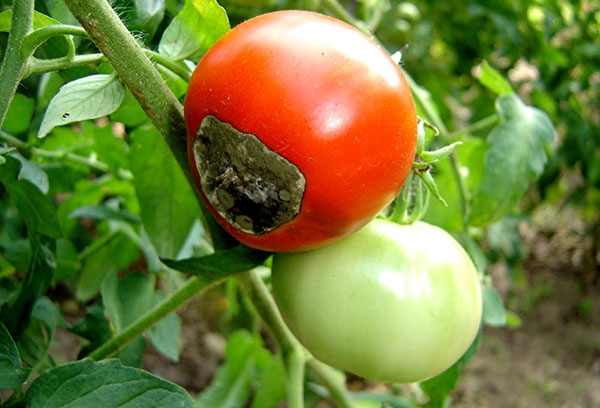
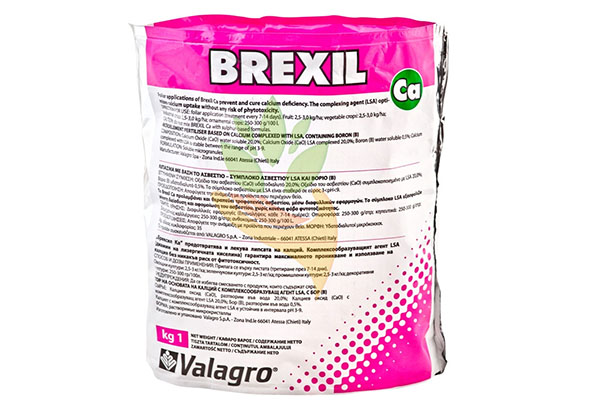
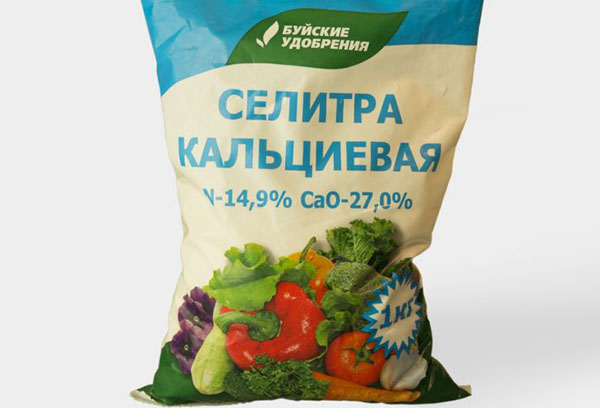
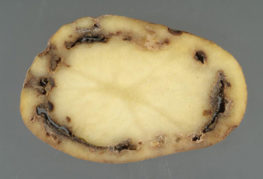

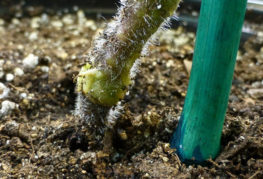


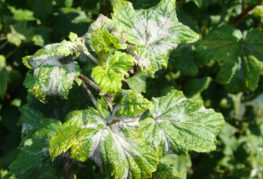
and will be published shortly.